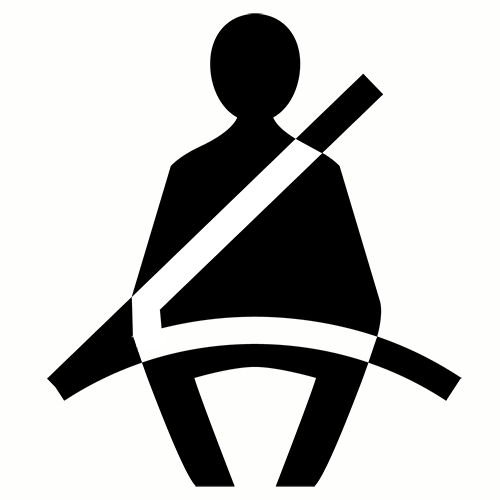Familiarity Breeds Contempt? 3 Seat Belt Maintenance Tips
 Seat belt laws have been in place long enough that most have become accustomed to buckling up. You get in, reach over, pull the belt across and click it in place. It is most likely such a part of getting ready that the act hardly gets noticed. The seatbelt is something that is just there. As a result, the seat belts can end up being neglected. Just because a seat belt clicks in place does not mean it will function as intended. Seat belts need to be inspected and maintained like any other part of the vehicle.
Seat belt laws have been in place long enough that most have become accustomed to buckling up. You get in, reach over, pull the belt across and click it in place. It is most likely such a part of getting ready that the act hardly gets noticed. The seatbelt is something that is just there. As a result, the seat belts can end up being neglected. Just because a seat belt clicks in place does not mean it will function as intended. Seat belts need to be inspected and maintained like any other part of the vehicle.
What are some of the key things to look for when inspecting the seat belts?
First, take a look at the functionality of the retractor. If the belt does not retract properly, the belt ends up being too loose against the occupant and doesn’t properly restrain in the event of an accident. That empty space gets taken up pretty fast! Another issue with seat belts that do not retract properly is that they end up getting caught in the door as it is closed. Closing the door on the belt can damage the belt webbing or the latch tongue that inserts into the buckle. Also, a belt caught in the door will be pulled out of that trapped position fast if an accident takes place which means the effectiveness of the belt is reduced because it is now too long to restrain anything.
Second, pull the belt all the way out and look at the webbing. Where things have spilled and made the belt harder than ten-year-old beef jerky may have created a point where the belt could tear and fail. Look for fraying and other damage to the belt webbing.
Third, check the buckle and tongue for proper operation. Buckles seem to attract a lot of trash that can make them stick or not latch properly. Look to see if the tongue is bent or damaged in any way.
These are some simple steps to remember during maintenance. Keep in mind that all vehicles are different and have different safety maintenance needs. Always check the service information to see if there are other inspections that need to be made as well as for the criteria for when seat belt parts should be replaced.

